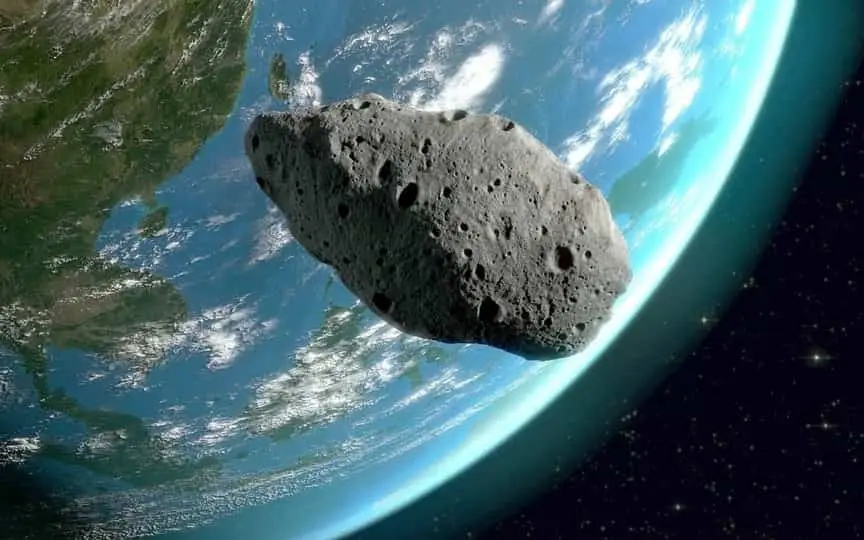NASA reports that a colossal asteroid, comparable in size to an aircraft, will approach Earth today; Find out its velocity, dimensions, proximity, and additional details.
NASA has made an exciting revelation using its cutting-edge telescopes, both on the ground and in space. They have discovered that an asteroid is set to pass by Earth today, December 29. The space agency utilized advanced instruments like the NEOWISE telescope, Atacama Large Millimeter/submillimeter Array (ALMA), Pans-STARRS1, and Catalina Sky Survey to make this finding. The asteroid has been named Asteroid 2023 YZ by NASA’s Center for Near-Earth Object Studies. Gain knowledge about the asteroid’s close encounter with Earth, including details about its speed, size, distance of approach, and more.
Asteroid 2023 YZ: Speed, Size, Distance and More
According to details, asteroid 2023 YZ is expected to pass Earth at a distance of about 3.8 million kilometers. It is already orbiting the earth at a speed of 20,233 kilometers per hour, which is almost as fast as an Intercontinental Ballistic Missile (ICBM)!
This space rock belongs to the Apollo group of Near-Earth Asteroids, which are space rocks that pass through the Earth and whose semi-major axes are larger than the Earth’s axis. These asteroids are named after the huge 1862 Apollo asteroid discovered by German astronomer Karl Reinmuth in the 1930s.
According to NASA, asteroid 2023 YZ has passed Earth before. It first came close to Earth on January 30, 2022, at a distance of about 39 million kilometers. After today, it is not predicted to pass by the planet in the near future.
How big is it?
Asteroid 2023 YZ is nearly the size of an airplane, measuring nearly 89 feet across. Despite this large size, it is not classified as a potentially dangerous object and is not considered dangerous. However, that could change if the asteroid falls off course due to interaction with the planet’s gravitational field.
Thanks to such close calls, NASA, ESA and other space agencies have developed technology to track asteroids in their orbits and even deflect them as a possible collision scenario develops.




